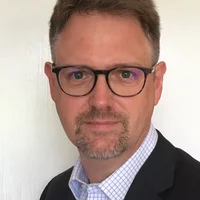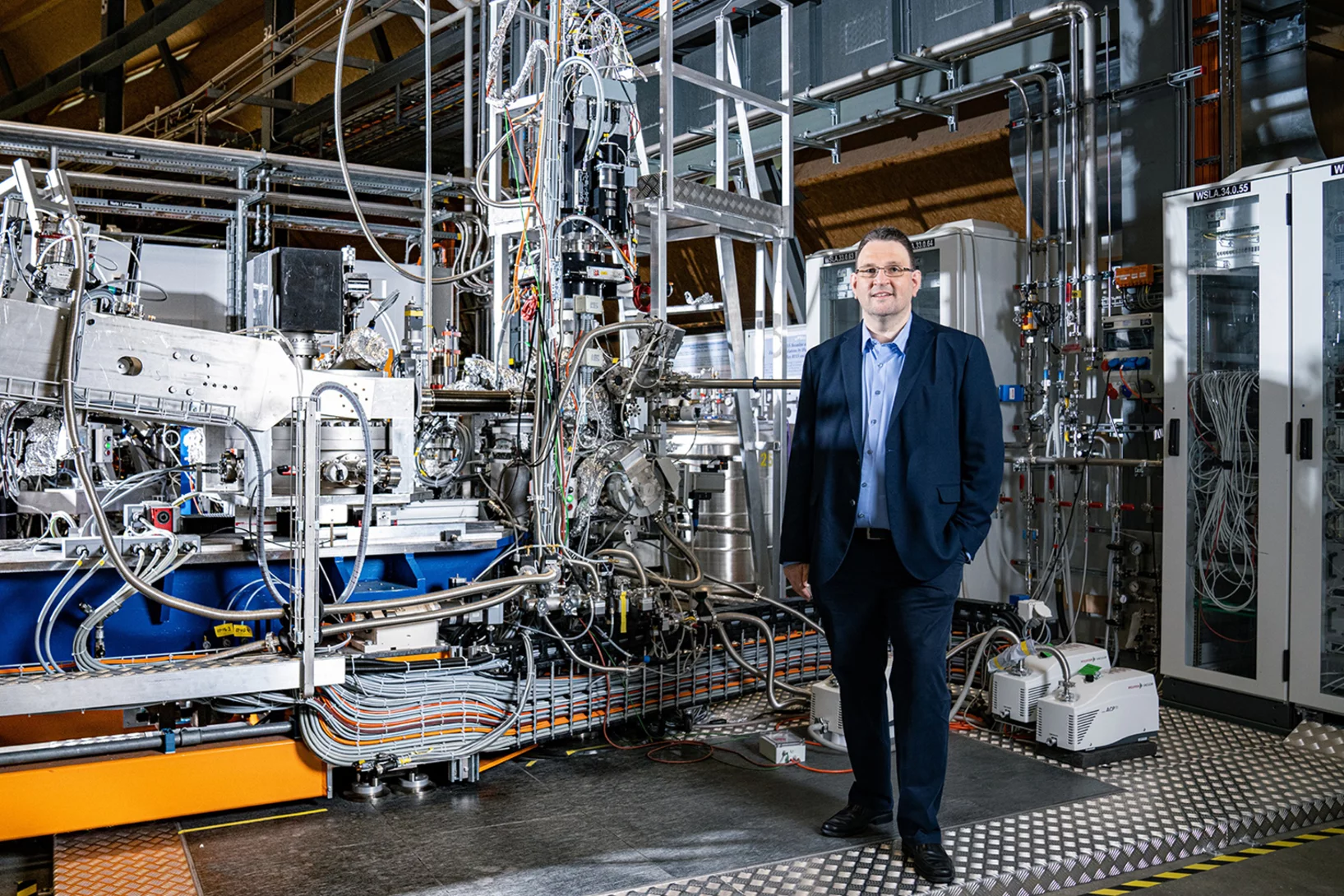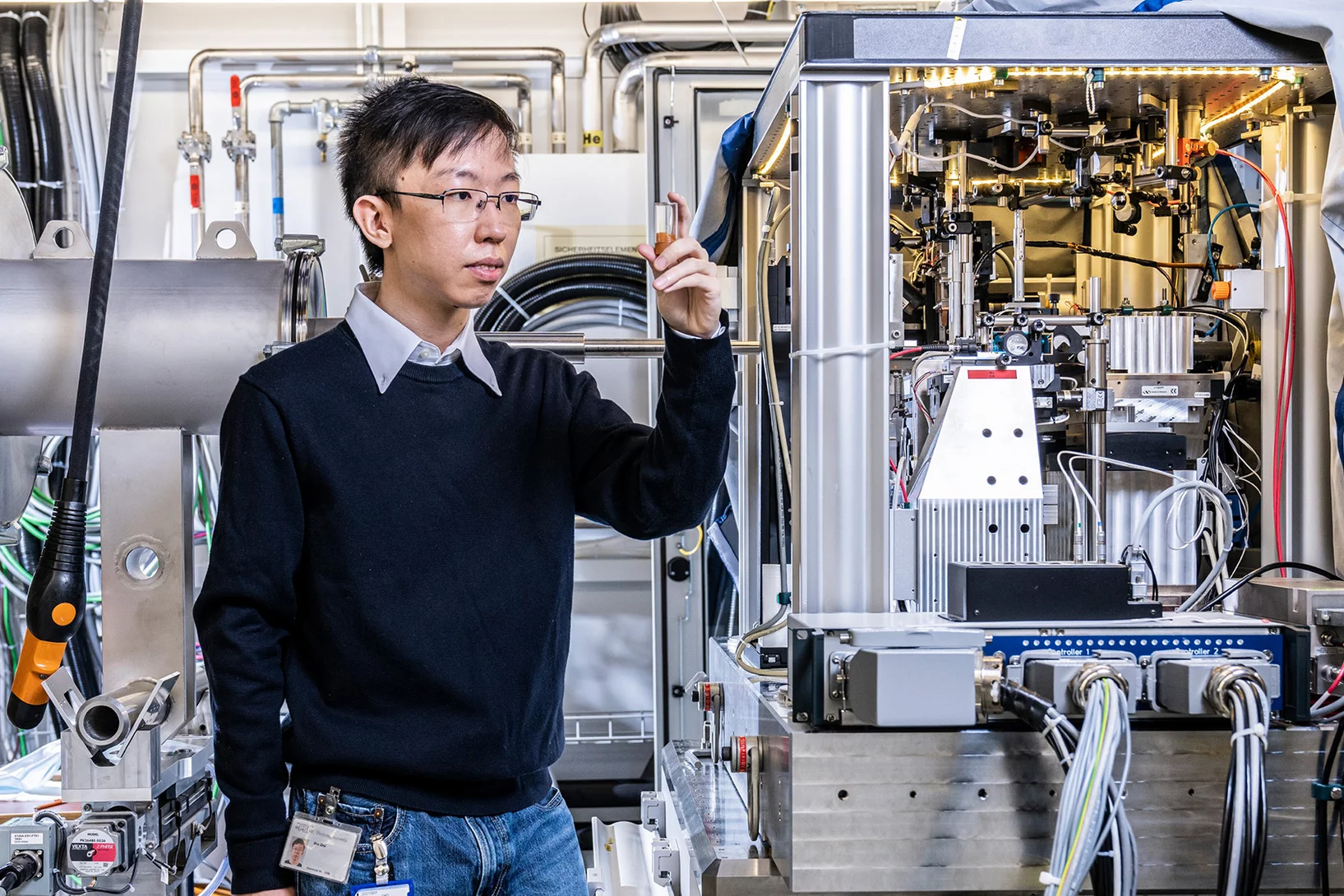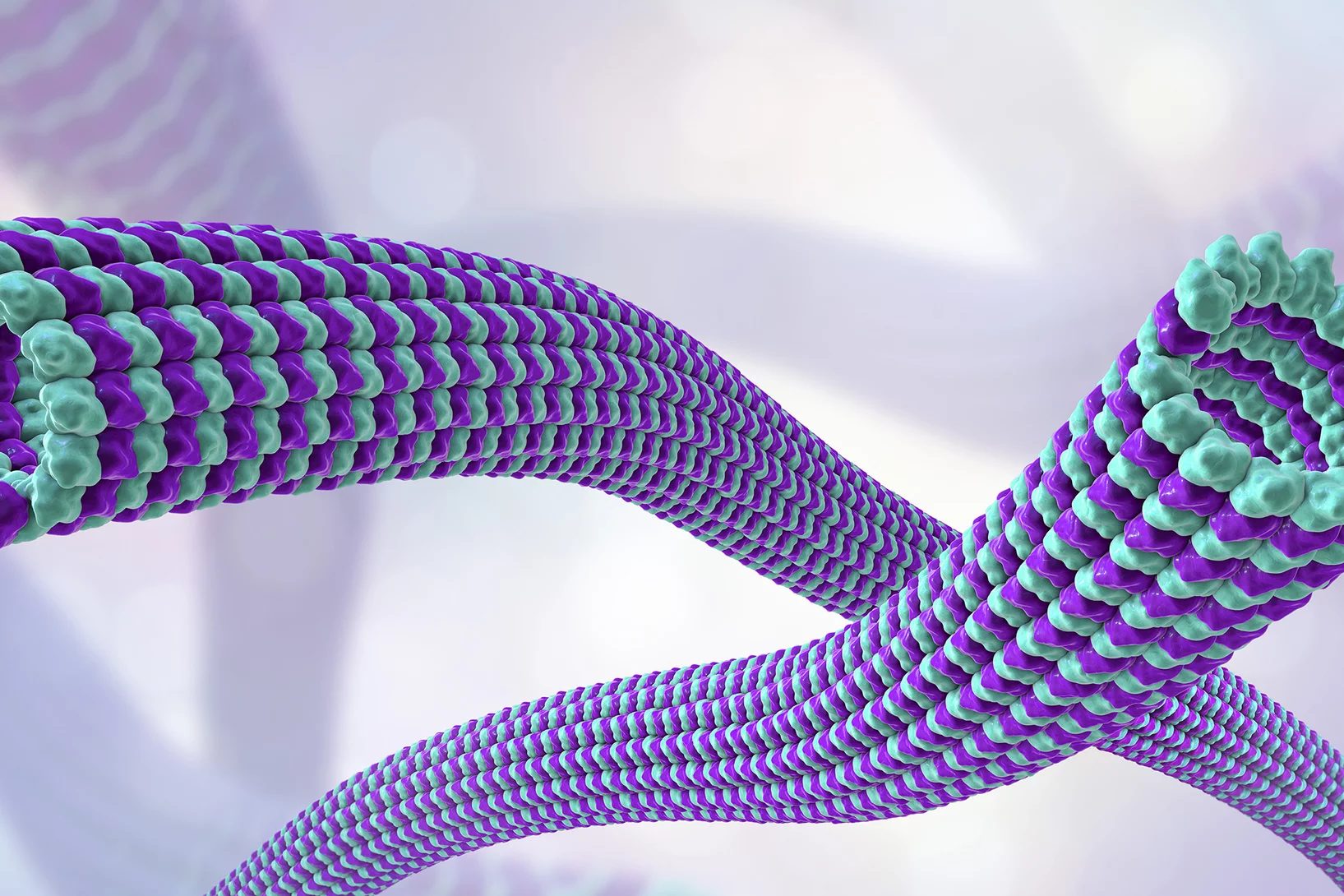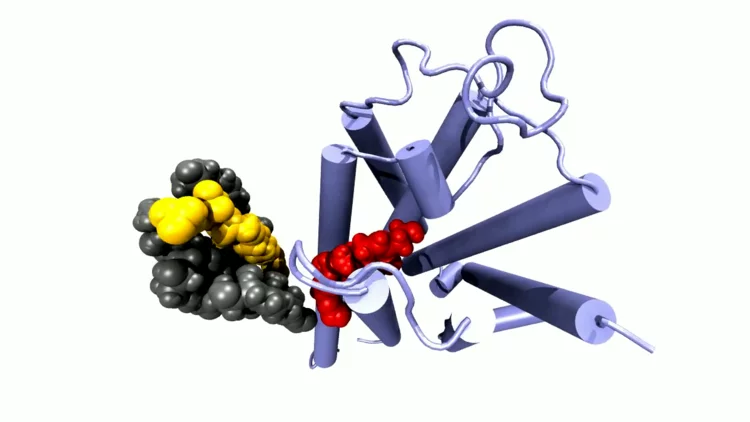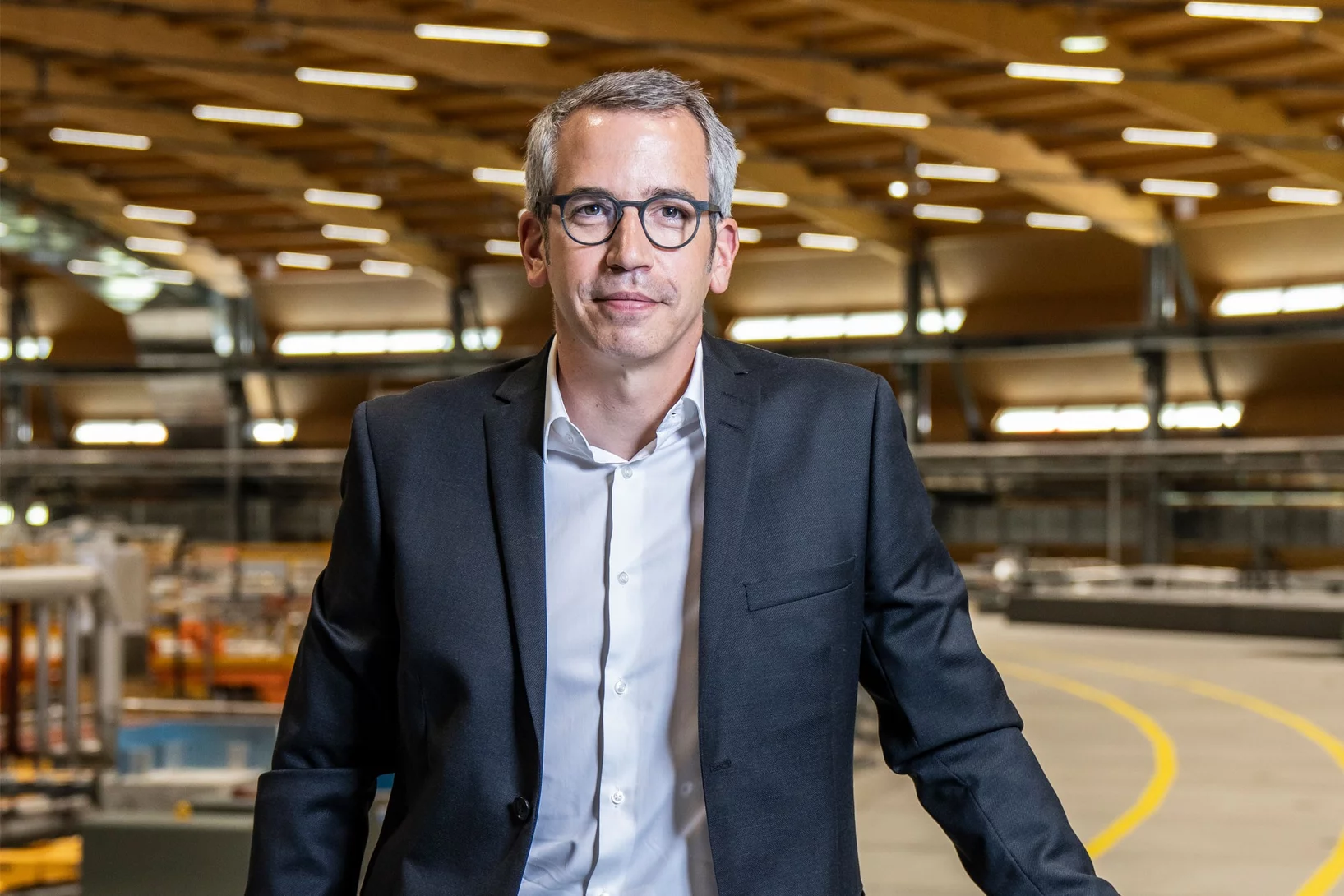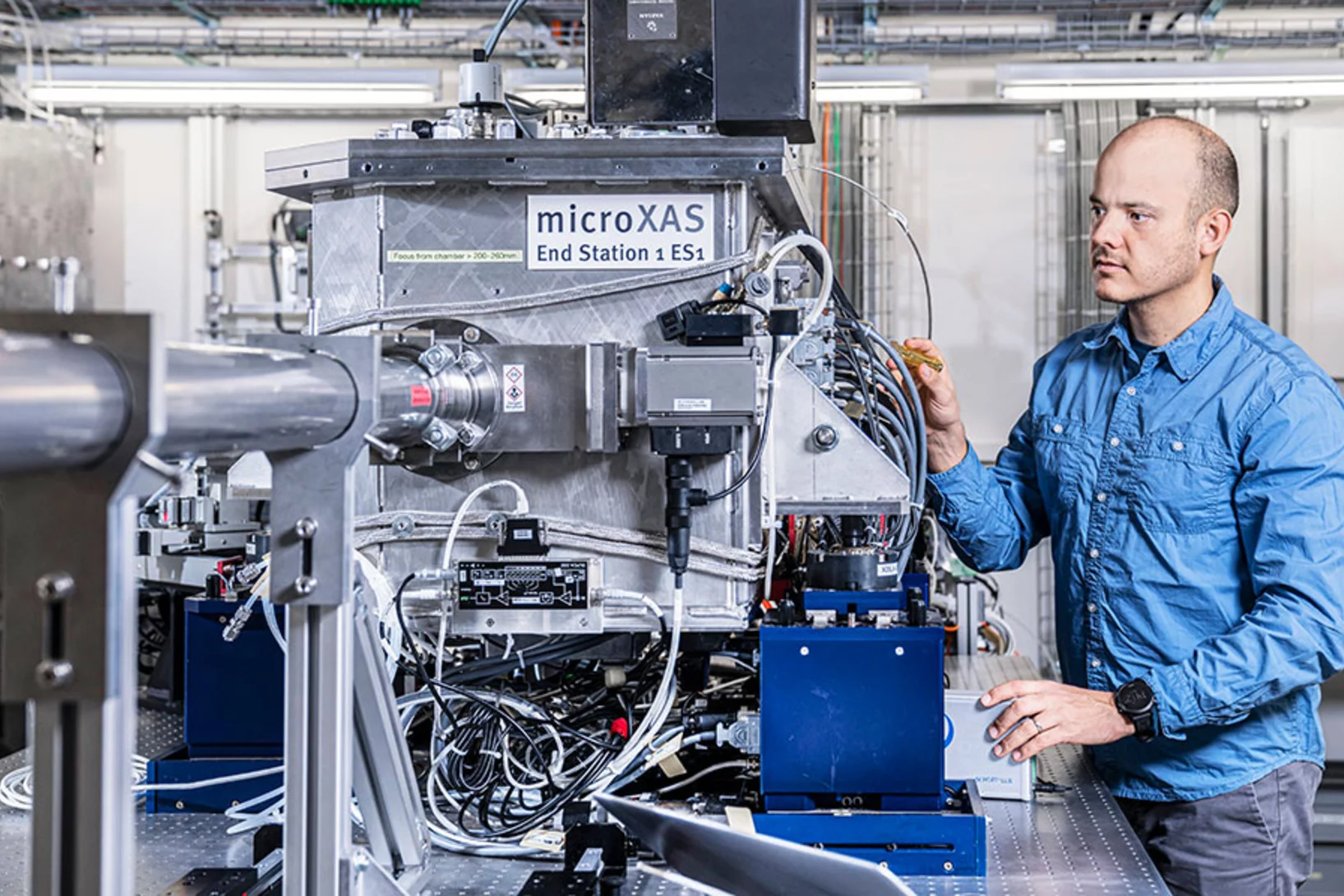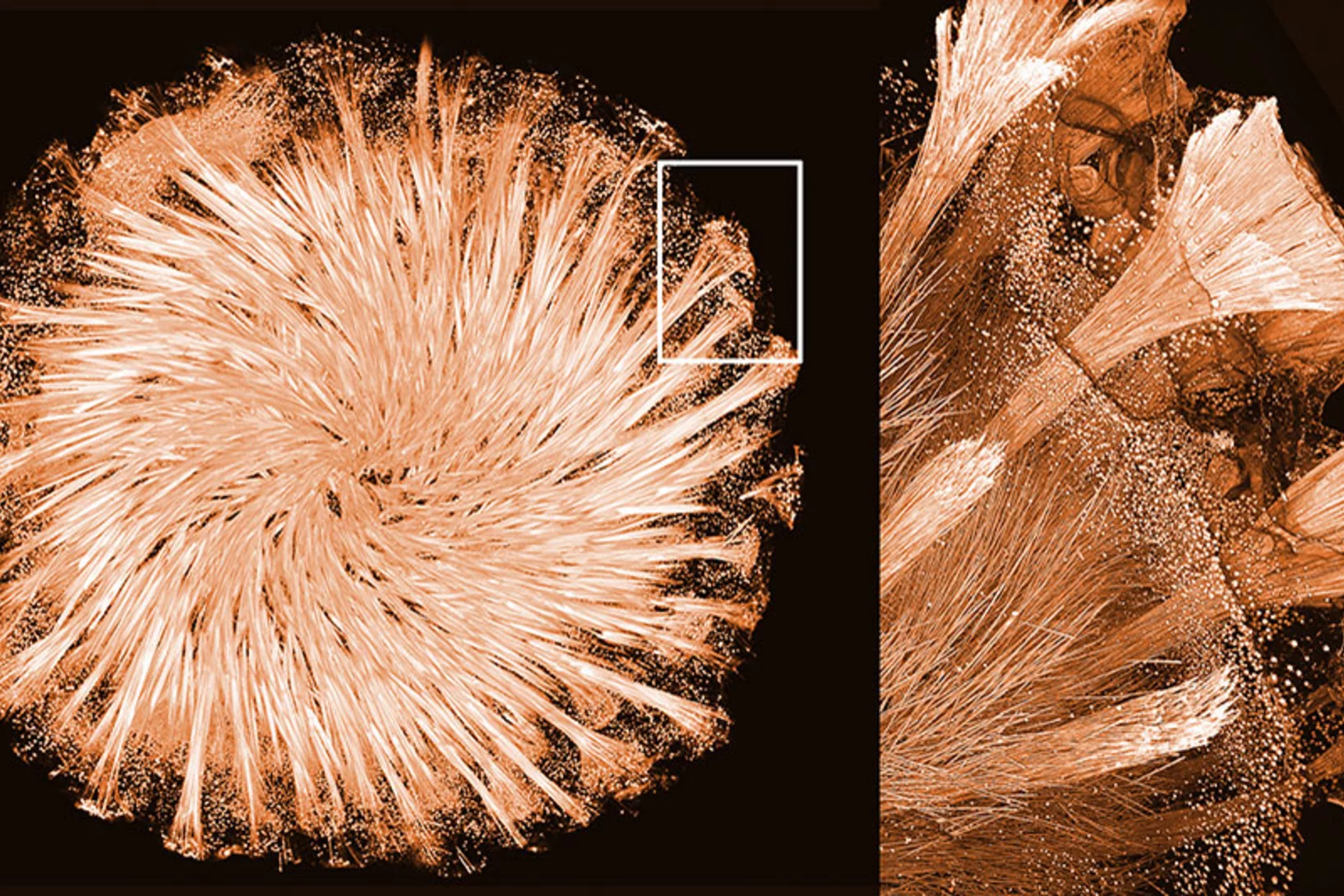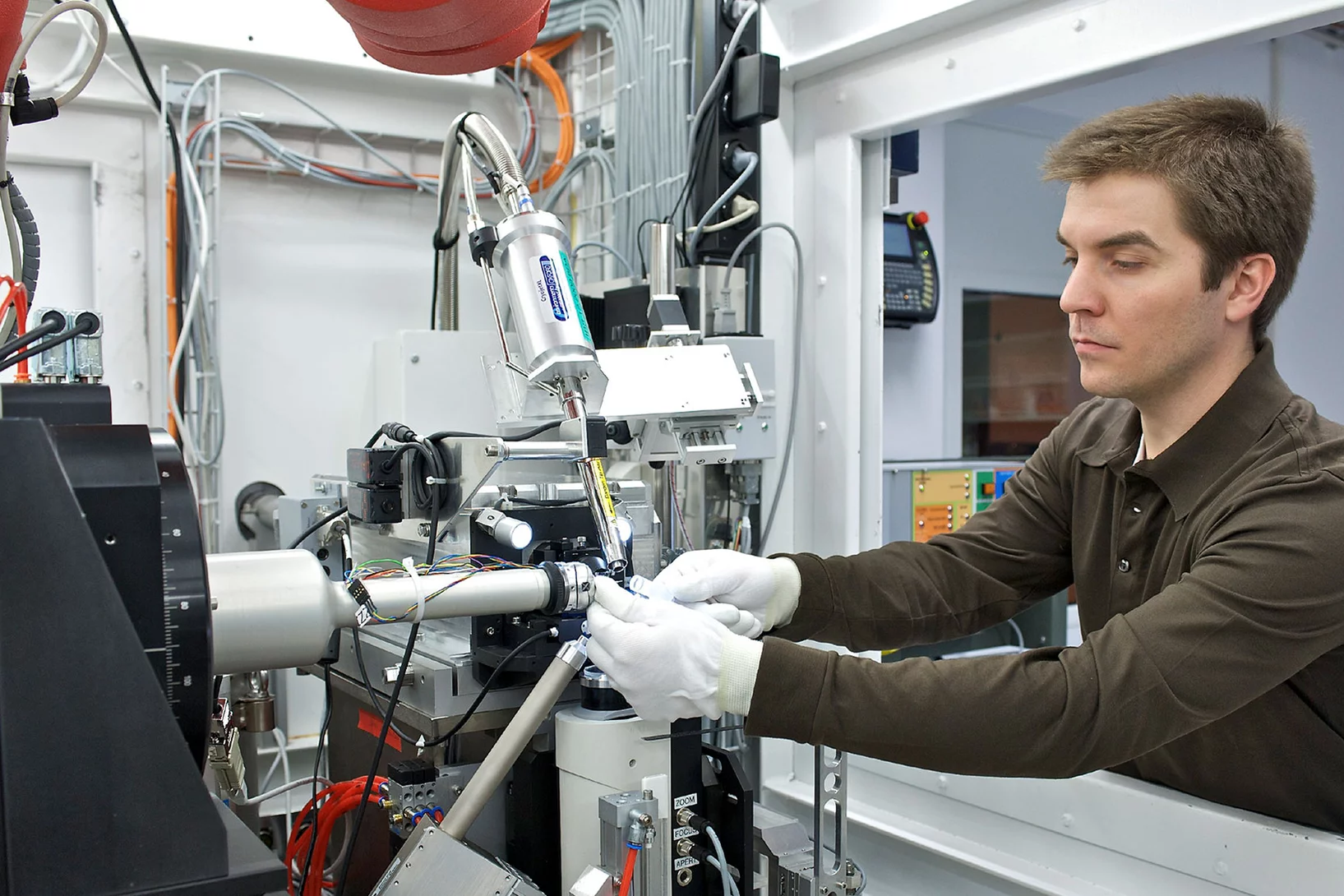SLS
Understanding the physics in new metals
Together with international colleagues, PSI researchers have now been able to make correlated metals more readily usable for applications in superconductivity, data processing, and quantum computers.
How catalysts age
Catalysts used in industry change their material structure over the years. Using a new method, PSI researchers have now studied this on the nanoscale.
Cell cytoskeleton as target for new active agents
Using a combination of computer simulations and laboratory experiments, PSI researchers have identified new binding sites for active agents on the vital protein tubulin.
Safely stored for a million years
Switzerland plans to construct a deep repository for its radioactive waste. There are three potential locations, and data obtained by PSI researchers can aid in selection of the best one.
Watching receptor proteins changing shape
In our bodies, G protein-coupled receptors mediate countless processes. PSI researcher Ramon Guixà talks about how he brings those receptor molecules to life on the computer screen.
PSI equips the Swiss Light Source SLS for the future
Green light for SLS 2.0: The planned upgrade of the Swiss Light Source SLS can proceed; the funding is provided for within the framework of the ERI Dispatch for 2021-2024, which has been approved.
Look Inside a Chemical Reactor
Operando X-ray spectrotomography allows scientists to look inside of functioning chemical reactors. A research team at Karlsruhe Institute of Technology (KIT), at Paul Scherrer Institute PSI and at the European Synchrotron Radiation Facility (ESRF) in France have employed this method successfully.
Scientists determine the structure of glass-shaping protein in sponges
Measurements at the Swiss Light Source SLS have helped to understand how the only known natural protein-mineral crystal is formed. It is part of the fascinating glass skeleton of sponges.
Wait and see, and grow crystals
At PSI, researchers decipher the structure of the proteins in bacteria and viruses. This knowledge can aid, for example, in the development of drugs against infectious diseases. But before the investigation can begin, an extremely tricky problem has to be solved: the crystallisation of the molecules.
Measurements at PSI enabled detailed understanding of genetic scissors
PSI congratulates Emmanuelle Charpentier and Jennifer Doudna on winning this year's Nobel Prize in Chemistry. Experiments at the Swiss Light Source SLS in 2013 made it possible to elucidate the structure of the protein complex CRISPR-Cas9.
